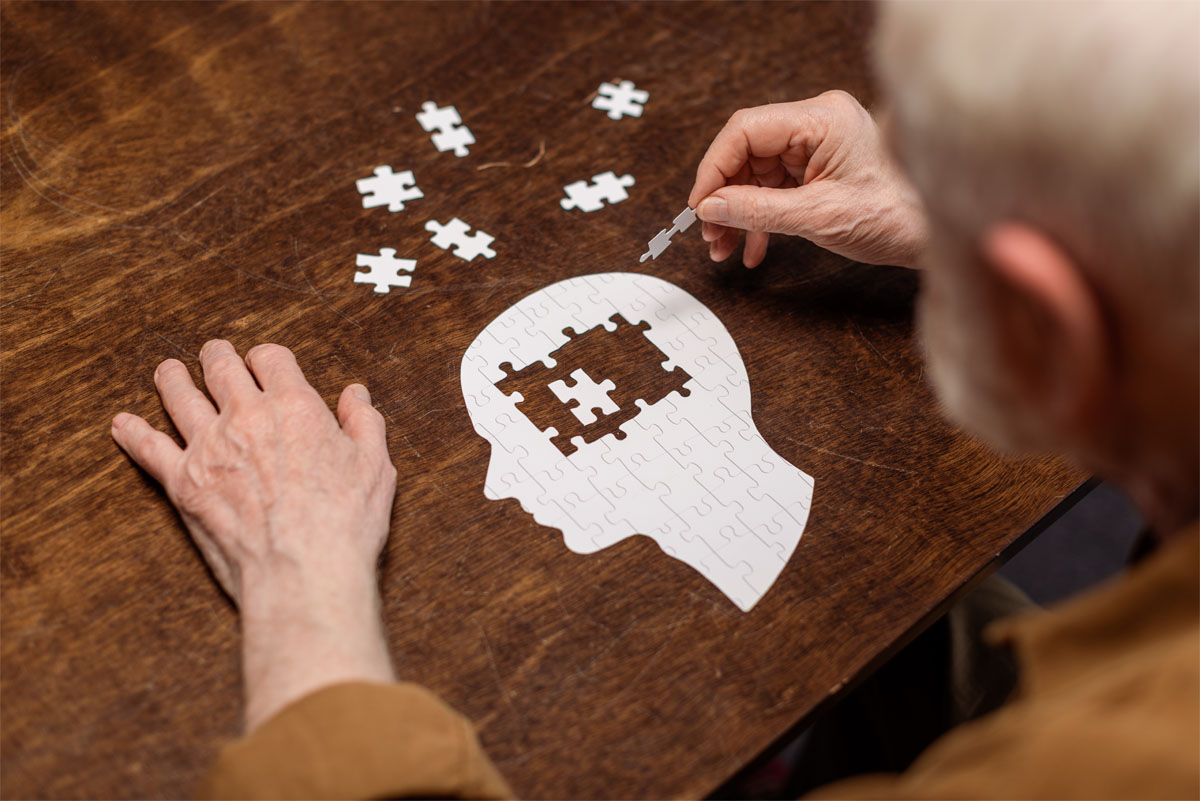Lewy Body Dementia Vs Alzheimer’s

Abnormal deposits of a protein called alpha-synuclein in the brain are known causes of Lewy body dementia (LBD). The deposits, known as Lewy bodies, affect chemicals in the brain, and can lead to alterations in mood, behavior and thinking.
So, how does this compare with Alzheimer’s disease? If you are searching for “lewy body dementia vs alzheimer’s“, this post will help!
Lewy Body Dementia And Alzheimer’s Differences
Some of the main differences between LBD and Alzheimer’s include causes, amount of cases, physical movements, cognition, sleep behavior, hallucinations, facial expressions, disease progression and sex.
Causes
LBD is caused by the buildup of Lewy body proteins in the brain, while Alzheimer’s occurs when amyloid plaques and neurofibrillary tangles within the brain.
Amount Of Cases
These two disorders differ in that one has many more known cases than the other. There are currently more than 5.5 million Americans suffering from Alzheimer’s. That’s compared to just 1.4 million diagnosed with LBD.
Physical Movements
One of the earliest signs of LBD is actually walking difficulty or struggling to balance. Alzheimer’s does not cause any physical deterioration, though.
Cognition
While both LBD and Alzheimer’s are known to cause confusion, memory lapses do not vary much from day to day with Alzheimer’s. LBD, though, can cause an individual’s memory to vary wildly from one day to the next.
Sleep Behavior
People with LBD can experience REM sleep behavior disorder. This is a dysfunction where individuals physically act out their dreams. This disorder does not typically occur to anyone battling Alzheimer’s.
Hallucinations
Visual hallucinations are actually quite common with LBD. While hallucinations will occur to someone with Alzheimer’s, it is not nearly as common as it is with LBD.
Facial Expressions
Individuals with LBD tend to show very little emotion in their faces. This tendency will not develop until the middle or late stages of Alzheimer’s.
Disease Progression
Studies have shown the survival rate after diagnosis of Alzheimer’s is typically 8.4 years. Survival rate after diagnosis of LBD is an average of 7.3 years.
Sex
Men have a higher chance of developing LBD, yet women have a higher chance of developing Alzheimer’s.

What Is Lewy Body Dementia?
Lewy body dementia is one of most common causes of dementia, according to nia.nih.gov. Early signs of LBD can be confused with Alzheimer’s or even schizophrenia. LBD can either develop over time alone or in combination with other brain disorders.
There are two separate diagnoses of LBD. One is dementia with Lewy bodies, while the other is Parkinson’s disease dementia. Usually, over time individuals with either diagnosis will develop similar symptoms.
LBD is a progressive disease, which means it takes a long time for symptoms to develop and eventually worsen over time. The typical time span from diagnosis to death is 5 to 8 years, but data shows that a range of 2 to 20 years is possible.
First Signs Of Lewy Body Dementia
Lewy body dementia can be distinguished by three stages: early, middle and late. The first signs of LBD might involve some sort of hallucinations or delusions. These can cause individuals to act out dreams while sleeping. Early stages of LBD can also cause some movement difficulties.
In the early stages of LBD, memory tends to stay intact, but some confusion may be experienced. Mild cognitive changes can be noticed, as well. Another early sign is when an individual freezes in place or gets stuck frequently while doing something as routine as moving around the house.
What Is Alzheimer’s Disease?
Alzheimer’s disease, just like LBD, affects thinking, behavior and memory. This is the most common of dementia, which is a generic term for memory loss. Alzheimer’s has been proven to cause up to 80% of all dementia cases, according to alz.org.
The majority of individuals that suffer from Alzheimer’s are aged 65 and above, but this is not simply something that affects older citizens. Like LBD, Alzheimer’s is a progressive disease with symptoms worsening over time.
Assisted Living Facilities in Arizona
Check out our independent living facilities in Arizona below:
Sedona Winds
Sedona Winds is an assisted living facility in Sedona, AZ. Sedona Winds offers activities at their facilities for its residents. We provide activities that allow residents to keep a healthy lifestyle by socializing with their peers and encouraging motion. Sedona Winds beautiful Assisted Living Community offers large studio & one-bedroom apartments with ample space for our resident’s belongings.
Address: 16623 N W Point Pkwy, Surprise, AZ 85374
Phone: (623) 975-0880
Desert Winds
Desert Winds is an assisted living community in Peoria, AZ. Our facility is a large sized assisted living community with 88 units. Communities this size usually offer one-bedroom apartments, multiple care levels, restaurant style dining, and a robust resident development program. Desert Winds wonderful Assisted Living Community offers large studio, one-bedroom, and two-bedroom apartments with adequate space for our resident’s possessions.
Address: 20554 N 101st Ave, Peoria, AZ 85382
Phone: (623) 362-1200
Chaparral Winds
Chaparral Winds is a beautiful assisted living community near Sun City, AZ. Being able to socialize with other residents becomes an integral part of many peoples’ lives and Chaparral Winds Assisted Living offers common indoor space to support that need. If a resident requires assistance moving from a bed to a wheelchair or vice versa, this facility has staff who can help.
Address: 16623 N W Point Pkwy, Surprise, AZ 85374
Phone: (623) 975-0880
Ventana Winds
Ventana Winds is a unique assisted living located on the border of Sun City and Youngtown, AZ. Each roomy apartment comes with a walk-in closet, a patio or balcony, ample storage and a kitchenette with a full-size refrigerator. Our three-story assisted living facility is built between a lovely courtyard and a crystal-clear swimming pool. Life is destined to be lived at Ventana winds.
Address: 12322 N 113th Ave, Youngtown, AZ 85363
Phone: (623) 583-2460
Canyon Winds
Canyon Winds is an attractive assisted living community in Mesa, AZ. Residents revel in upscale living with first-class care in this gorgeous two-story, 60 unit community featuring Studio, One and Two Bedroom floorplans. Our residents are provided meals, transportation, laundry services and housekeeping. They have access to the full campus and will receive additional support and care as needed.
Address: 2851 N Boulder Canyon, Mesa, AZ 85207
Phone: (480) 948-0700


